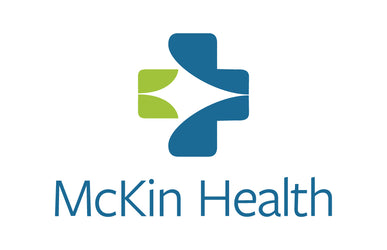
Dysphagia-Diet Management
Dysphagia is a medical condition where people have difficulties swallowing foods and liquids.
As a result of long term dysphagia, patients will almost always have to make changes to their diets. The severity of Dysphagia will affect the amount of dietary restrictions that must be implemented. Dysphagia diets can be classified into three categories.
• Level One: Foods must be puréed or smooth, similar to pudding. Any food that does not require chewing, such as yoghurt, smooth soups, and pureed vegetables and meats, falls into this category.
• Level Two: Soft, cooked, or mashed fruits or vegetables, cottage cheese, peanut butter, and soft scrambled eggs are examples of level two foods that are moist but need some chewing.
• Level Three: Can eat soft-solid foods that require more chewing because food preparation is less restricted. Meat, as well as fruit and vegetables that are easier to cut or mash, fall into this category.
Nuts, crackers, chips, and other snack foods should be avoided on all three levels of the Dysphagia diet.
Sitting upright with your back straight, utilizing support pillows to get into the ideal position, and having your chin tucked in to your chest all promote proper swallowing and minimize choking while eating or drinking, regardless of diet level.
Having dysphagia however does not mean that you cannot enjoy different types of food and drinks. With the Thick- It Food and Beverage Thickener and Thick- It Clear Advantage Drinks available in various flavors, enjoy your favorite food and drinks with ease while providing your body with essential nutrients!
Visit https://mckinhealth.ca/collections/thickeners browse thickener products!
